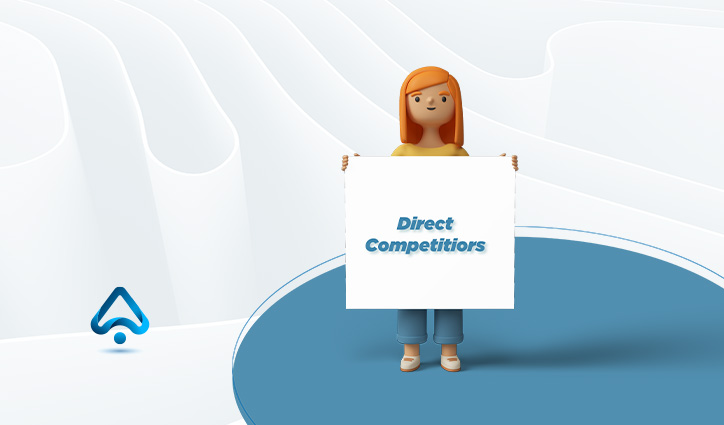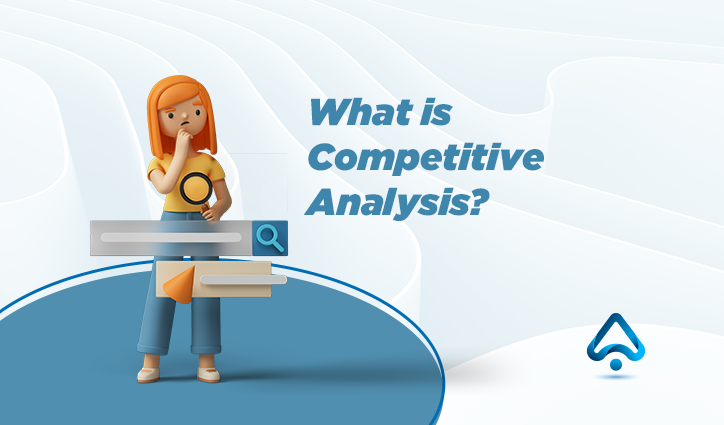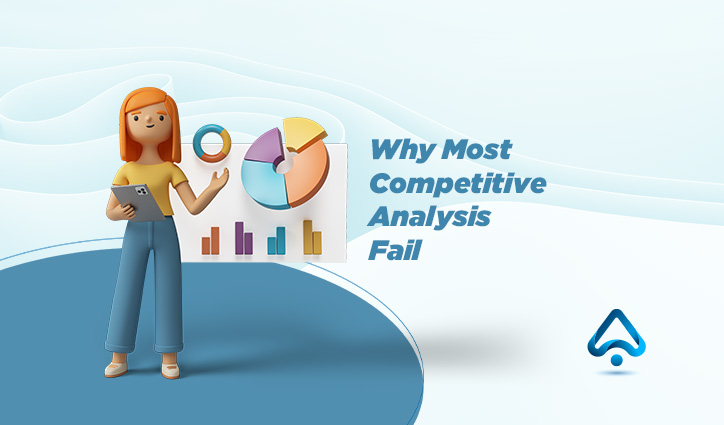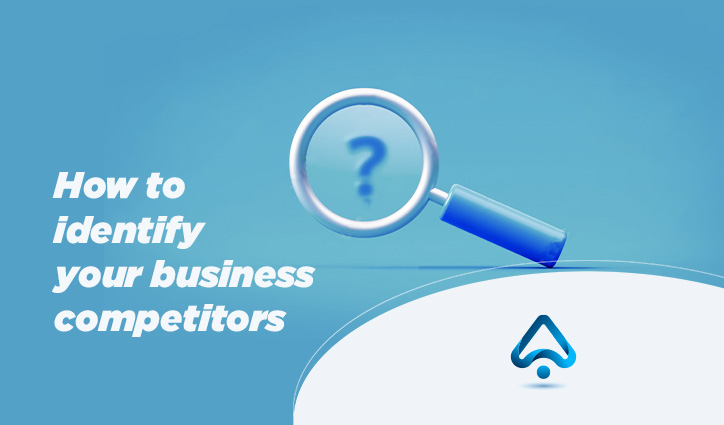Have you ever for a second thought about how to identify your business competitors?
The first step to running a business is to find a need; a problem your business solves, and your target audience – who are they? What problems do they have? What is their spending ability? What is their purchasing power and where are they located?
The importance of a target market helps you tailor your business to suit the needs of your potential buyers.
A target market is a group of people who your products are created for. For example, Bimpe runs a bridal studio for the modern Nigerian woman who wants to flaunt her curves. Her customers are the crème de la crème of the elite society in Nigeria who are fully funded by their wealthy families.
If she was going to find who her target customers were, they’d first be women of class, who love to flaunt their style, their spending capacity has no limits as long as they get what they want.
The more money your customers are willing to spend, the better for your business. Target the rich. Broke people are bad for business.
Her bull’s eye will be Tayo, the daughter of the popular billionaire who’s getting married to her college sweetheart. Her family believes social events are a thing of status; and as the only child of her parents, her family is holding nothing back to giving their daughter her dream wedding.
This helps you know how you can meet the needs of your customers, and their complaints, tailor the right messages to them, etc.
The moment you understand what problem you are solving; the next thing is to begin to build a community; either via social media marketing/email marketing. For the sake of this article, we will be looking at building an email list.
This is a collation of emails from people who are interested in your product, one way to increase your sign-ups is to give incentives – e.g, offer a 10 percent discount to the first subscribers. The trick to it is to give away only what would not hurt your business. As breaking your back to acquire new users never end well.
In case you are wondering how this relates to competitive analysis, remember you must first build a business before you can understand who your competitors are.
Competitors are those who are in the same business as you and service the same customers. They are good for business as they help keep you on your toes and inspire you to work harder on your business processes.
However, to successfully run a competitive analysis, we must find out the different types.
Direct competitors
These people have the same product and service to the same customers. Think of Coca-Cola and Pepsi, they have the same drink and are selling to the same type of customers. When you think of the word competition, they are the first that comes to your mind. They are the ones you need to lose sleep over.

Indirect competitors
They serve the same target market; however, they have a wider product range for the customers to choose from. Think of an ice cream shop vs a frozen yogurt shop. They’re not direct competitors, but they serve the same customers—people who need a melting moment in their mouths.

Replacement competitors
In a situation where your products are not readily available, what else will your customers rather spend their money on? For example, if you run a restaurant and you can’t meet the demand for a particular meal, the next option they’ll consider is probably a pastry shop.
In this scenario, what they just want is a meal to fill their hungry stomachs.
They’re a problem but not exactly the problem. They just need to get a reason to not buy from you and they’re gone. Competitors are not bad for business, they serve as a sounding board for your business.

How successful your business is, is dependent on your competitive analysis.
Now that we know what competitors are, let us find out what it takes to run a successful competitive analysis.
What is competitive analysis?
It is a detailed analysis that helps you know how well your business is performing compared to the direct and indirect competition. This analysis arms you with adequate information about your competition, its strengths and weaknesses, and how you can use it to your advantage.
It is also a subtle way to make your competition choose you. Another reason to consider running a detailed competitive analysis is that it helps you plan how to take over the market and become the next big thing in the industry.

Why most competitive analysis fails
Keep your customers close, and your competitors closer.
This doesn’t in any way mean that you should constantly be on their watch and model your business exactly after them. However, keeping them within your reach will be a good benefit to your business. Let us look at a few reasons businesses fail at competitive analysis;
- Not doing a comprehensive search
- Overlooking the “small competition”
- Relying solely on software with no human input
Let’s help you run a detailed competitive analysis using the SWOT analysis to help you detect the things that might be putting your business behind. This also helps ensure that you are performing optimally by ensuring you focus on the strengths and opportunities of your business to attain greater heights.

By looking at your Strengths, Weaknesses, Opportunities, and Threats. Would you like us to find out how to get ahead of your competitors?
How to Identify Your Competitors
Your competitors most likely have enough information about your business and are using it to outsmart you. Why would you allow your competitors to outsmart you? Is it because they are smarter than you? Hell NO.
Competition is healthy for both parties involved. As humans, we love competition. We compete on almost everything. I can trace my sense of competition to my elementary school days when there was a price to be won for coming first in your class exam.
That is competition in real life. But a good thing about competition is knowing who you’re up against. Knowing that information allows you to strategize better, and identify your weaknesses and strength while also doing the same for your competition.
In the case of my elementary school days, there are times I will ask all my competitors (my genius friends) to let’s go out to play football when we are supposed to be reading just so that they won’t be able to read.
As for me, I’m not a fan of reading but anything I’m taught in class, I make a mental note of it and because I do that, it never leaves me even after the exam is long gone. You see, knowing my competitors allows me to identify my strengths and weaknesses as well as theirs too.
Though I don’t have to be aggressive in my approach to crushing my competitors.
For any business to compete effectively, you need to know your competitors. But this comes with a challenge – most businesses are not good at identifying their competitors or they don’t do a great job of identifying their true competitors.

To hear some say it, the next-door business that looks like them is their competitor or the big guys in their industry, the truth is those businesses are your competitors but if that’s all that you think about your competitors, you’re making a big mistake.
I’ve seen businesses make this mistake while consulting for them. I once asked a client who was a dental clinic what their competitors are, and the first few names they mentioned were the big guys in their industry and some businesses within their locality.
On the surface, this makes a lot of sense, these seem like their true competitors, but in reality, these are really not their true competitors. I will tell you why they are not their only true competitors later on in this article.
To identify your true competitors, you need to look beyond people who sell directly the same product or service that you do.
Ways to Identify Your True Competitors
Competitors are not bad for business, they serve as a sounding board for your business. How successful your business is, is dependent on your competitive analysis.
Now that we know what competitors are, let us find out what it takes to run a successful competitive analysis.
Market research
Conducting market research is the most common way of identifying your competitors and it is one of the things a business will do when trying to set itself up.
Customer feedback
One quick way to identify your competitors is to ask your current clients or potential clients. For example, if you have a potential customer come in with questions about your products or services, ask them some other businesses they are considering for this purchase.
Social Media and/or Online communities/forum
Many people share their purchasing experiences on social media and forum websites like Reddit, Quora, etc. Check out the recommendations people are sharing for products or services that you also sell to help identify top competitors in your market.
Keyword Research
This is particularly important for indirect competitors. When you do keyword research, you might find websites that are ranking for the same keywords you want to go after but are not selling the same product or providing the same services as you. If they are ranking for keywords that matter to you, they are your competitors.
Review the SERP
It can also be a handy tool to identify your competitors. Search your keywords to find what businesses are ranking highly for these keywords to see your indirect competitors. Businesses that show up here for keywords that matter to your business are the hidden competitors that you don’t know about.
This kind of competition is so effective because they are the ones stealing organic traffic from your business.

